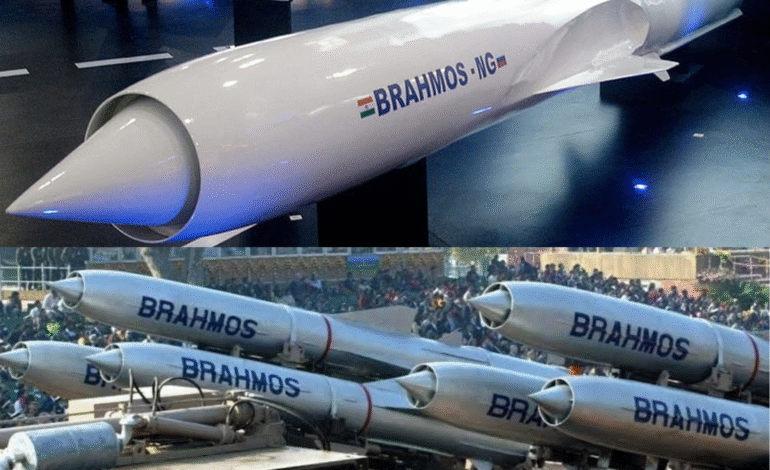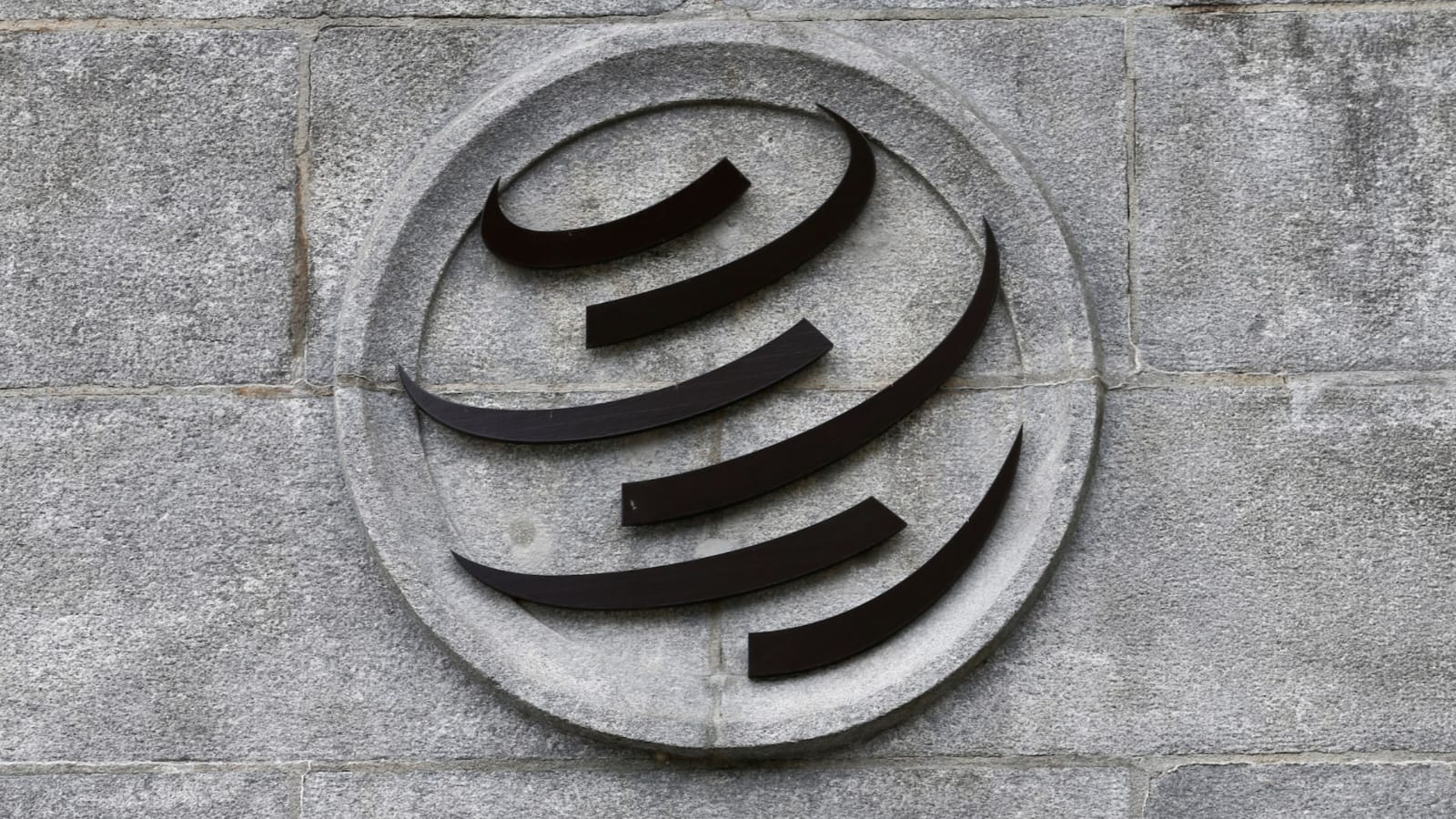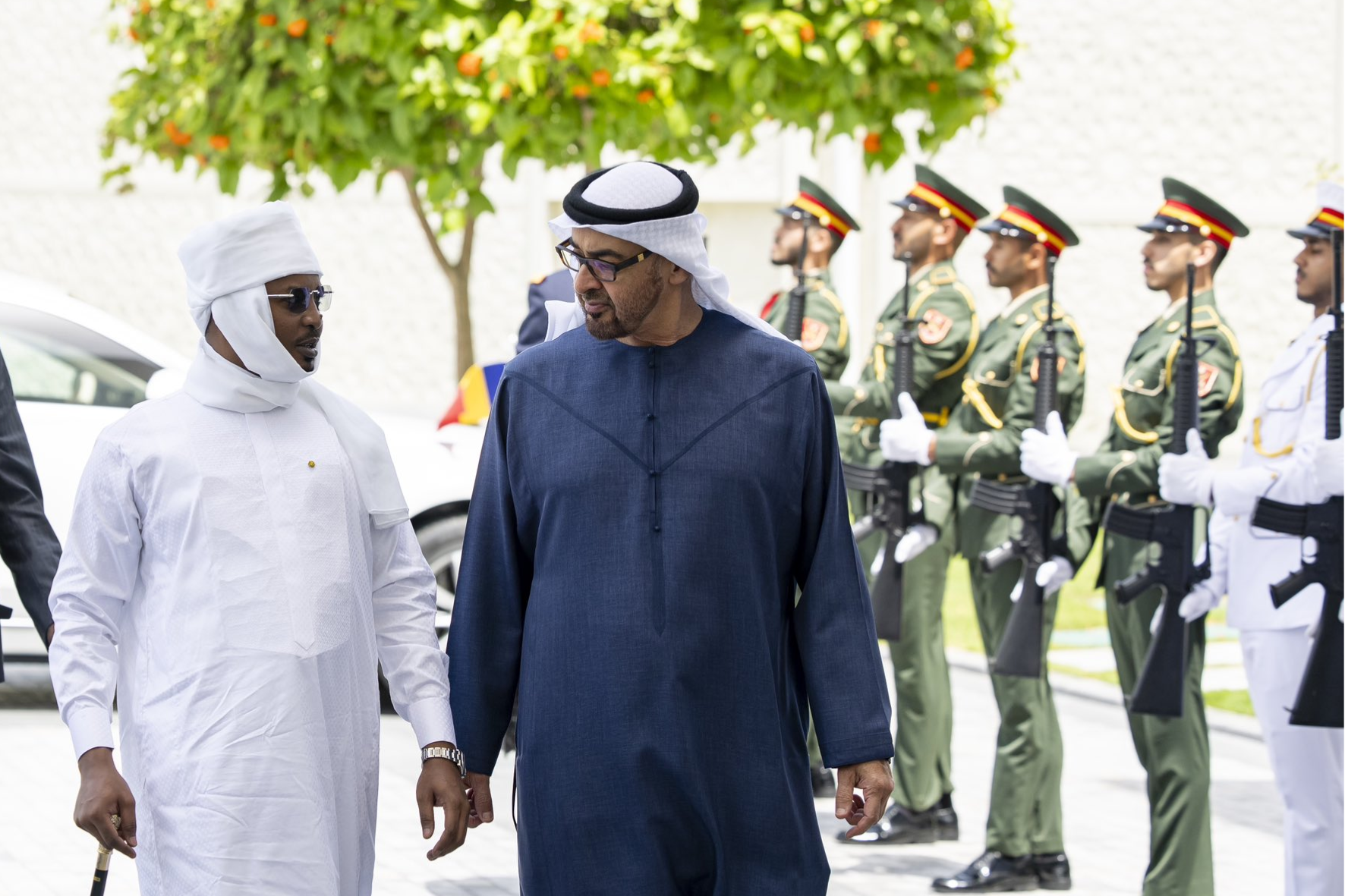India, Russia to Jointly Upgrade BrahMos Missile Technology

India and Russia have entered a new phase in their long-standing defense partnership with the joint development of an upgraded version of the BrahMos missile. This collaborative effort comes in the aftermath of the missile’s reported use during Operation Sindoor, a strategic counter-terrorism initiative following the Pahalgam attack. The move signals not only technological advancement but also a strengthened geopolitical alignment between the two nations.
As military strategies evolve across the world, nations are emphasizing precision weaponry and faster response times. The BrahMos missile system, a symbol of India-Russia defense synergy, exemplifies this new age of warfare, combining speed, accuracy, and flexibility. Now, with its upgrade under discussion, the BrahMos missile is set to evolve further in line with the defense needs of the 21st century.
BrahMos Missile’s Operational Success in Operation Sindoor
The decision to enhance the BrahMos missile’s capabilities follows reports of its deployment in Operation Sindoor—a retaliatory strike conducted after the terror attack in Pahalgam. Though the Indian government has yet to officially confirm operational details, credible media sources state that BrahMos missiles were used to target terror launchpads and infrastructure in Pakistan and Pakistan-occupied Kashmir (PoK).
This alleged use of BrahMos missiles highlights a growing preference within the Indian defense establishment for precision-based weapons in counter-terrorism operations. Their deployment reportedly ensured minimal collateral damage while effectively neutralizing threats, proving the missile’s combat reliability and strategic utility. The decision to utilize BrahMos over other conventional methods further underscores its efficiency in high-stakes operations.
The Origin of BrahMos: A Symbol of India-Russia Defense Innovation
BrahMos is one of the most advanced supersonic cruise missiles in the world and was born from a joint venture between India’s Defence Research and Development Organisation (DRDO) and Russia’s NPO Mashinostroyeniya. The missile’s name blends two rivers—India’s Brahmaputra and Russia’s Moskva—symbolizing this strong technological collaboration.
This joint project was formally initiated in 1998, with the intergovernmental agreement signed by India’s missile visionary Dr. APJ Abdul Kalam and Russia’s deputy defense minister NV Mikhailov. The first successful test of the BrahMos missile occurred on June 12, 2001, at the Chandipur testing range in Odisha, marking a milestone in India’s missile development program.
Since then, the missile has undergone numerous tests and enhancements. Its induction into the Indian Army, Navy, and Air Force has reinforced India’s capability to deliver powerful, swift, and accurate strikes across diverse terrains.
Technical Strengths: What Makes BrahMos a Superior Missile System
The BrahMos missile is known globally for its remarkable speed, traveling at Mach 2.8 to 3.0—nearly three times the speed of sound. It can carry a payload of up to 300 kilograms and is designed for precision strikes, capable of hitting both land and sea-based targets with surgical accuracy.
The missile is versatile and can be launched from submarines, ships, aircraft, and land-based platforms. Its ability to evade radar detection and hit targets with minimal deviation makes it an essential component of modern warfare. Moreover, its vertical launch capability and adaptive targeting make it ideal for preemptive strikes and strategic operations.
BrahMos’s unique propulsion system, combining a solid propellant booster and liquid ramjet, gives it a dual-stage mechanism, enabling sustained speed and maneuverability over long distances.
Missile Technology Control Regime: A Turning Point for BrahMos Range
In 2016, India became a full member of the Missile Technology Control Regime (MTCR), a global multilateral export control regime that restricts the proliferation of missile technology. Before this, India was bound by MTCR restrictions, which limited BrahMos’s range to 300 kilometers.
India’s accession to MTCR membership changed the dynamics entirely. The missile’s range has since been extended to 450–600 kilometers, vastly improving its strike capability. The longer range enables Indian armed forces to neutralize targets deeper inside hostile territory without crossing borders, enhancing both deterrence and operational flexibility.
This advancement has also made the BrahMos missile more attractive in the international defense market, opening the door to potential exports to friendly nations, subject to mutual agreement between India and Russia.
New Joint Production Initiative: Expanding India’s Defense Capabilities
According to a report in the Economic Times, India and Russia have initiated discussions to jointly manufacture an upgraded version of the BrahMos missile. This newer variant is expected to come with enhanced guidance systems, improved accuracy, better warhead payloads, and increased range.
The manufacturing of this advanced missile will take place in a newly inaugurated facility in Lucknow, Uttar Pradesh. This Rs 300 crore facility, opened by Indian Defence Minister Rajnath Singh on May 11, is a part of India’s broader push for defense indigenization under the “Make in India” program. It is equipped with state-of-the-art technology and has the capacity to produce next-generation missile systems.
The Lucknow facility represents a strategic shift in Indian defense manufacturing, aiming to reduce dependency on imports and strengthen national production ecosystems. It will also generate local employment and enhance India’s standing as a self-reliant defense producer.
High-Level Talks Reinforce India-Russia Defense Ties
The new BrahMos missile project was reportedly discussed during recent meetings between Indian and Russian officials. These high-level talks reaffirm both countries’ commitment to deepening their strategic and technological cooperation.
Russia’s willingness to extend full technical cooperation for the upgraded missile version reflects a high degree of trust. For India, this partnership not only accelerates technological innovation but also allows knowledge sharing in areas like propulsion, navigation, and materials science.
This aligns with a broader global trend in defense relations: moving from arms purchases to co-development and co-production. Such arrangements promote cost-sharing, reduce delivery time, and ensure operational readiness on both sides.
Global Demand: Export Potential for BrahMos Missile System
BrahMos has attracted significant attention from international defense buyers. Its successful track record, combat-tested capabilities, and adaptable configuration make it a strong contender in the global missile market.
Countries in Southeast Asia, the Middle East, and Latin America have reportedly expressed interest in acquiring the missile system. However, any export deals will depend on bilateral negotiations, end-use agreements, and geopolitical considerations involving both India and Russia.
For India, exporting BrahMos would not only bring economic benefits but also position the country as a major player in the global defense landscape. It would also further solidify India’s strategic partnerships in regions critical to its foreign policy.
Advanced Versions and Future Roadmap for BrahMos
The current upgrade is just one step in a broader vision for the BrahMos program. India and Russia are already working on the next-generation BrahMos-II missile—a hypersonic version expected to exceed speeds of Mach 5. Once operational, it would become one of the fastest missiles in the world, capable of bypassing almost all existing air defense systems.
Additional enhancements in the pipeline include AI-powered guidance systems, improved stealth features, and expanded multi-platform adaptability. These innovations will further enhance the missile’s role in both offensive and defensive operations.
The integration of indigenous components and technologies is also being prioritized, with DRDO aiming to localize a greater share of the missile’s systems to align with India’s long-term strategic objectives.
BrahMos and National Security Strategy in India
The importance of BrahMos in India’s national security architecture cannot be overstated. Its deployment acts as a force multiplier in potential conflict zones, offering the Indian Armed Forces a tactical and psychological edge.
In times of crisis, such as the response to the Pahalgam terror attack, the ability to conduct swift, accurate, and limited-scope military operations without full-scale escalation is invaluable. BrahMos fits precisely into this model, providing options for precision retaliation and strategic deterrence.
It also reinforces India’s nuclear triad by offering a conventional yet powerful missile option that complements its deterrence strategy without crossing into nuclear thresholds.
Strengthening Defense Through Collaboration and Innovation
The decision by India and Russia to upgrade the BrahMos missile system represents a pivotal moment in international defense collaboration. It reflects mutual trust, a shared commitment to technological innovation, and a vision to stay ahead in modern warfare.
As the BrahMos missile evolves, it remains a testament to what nations can achieve through strategic cooperation and a focus on indigenization. With extended range, advanced capabilities, and growing global interest, the BrahMos missile is poised to play an even more critical role in India’s defense strategy and in shaping the security dynamics of the region.
The future of BrahMos is not just about speed and precision—it is about strategic foresight, collaborative strength, and building a defense legacy that ensures peace through preparedness.








1 Comment
[…] India’s missile development strategy appears to be evolving. While the Agni-5 was originally designed as a strategic nuclear deterrent, the upgraded version focuses on tactical strike capability. This change aligns with a global trend, where nations are moving from traditional nuclear deterrence to more flexible, targeted military options. […]
Comments are closed.